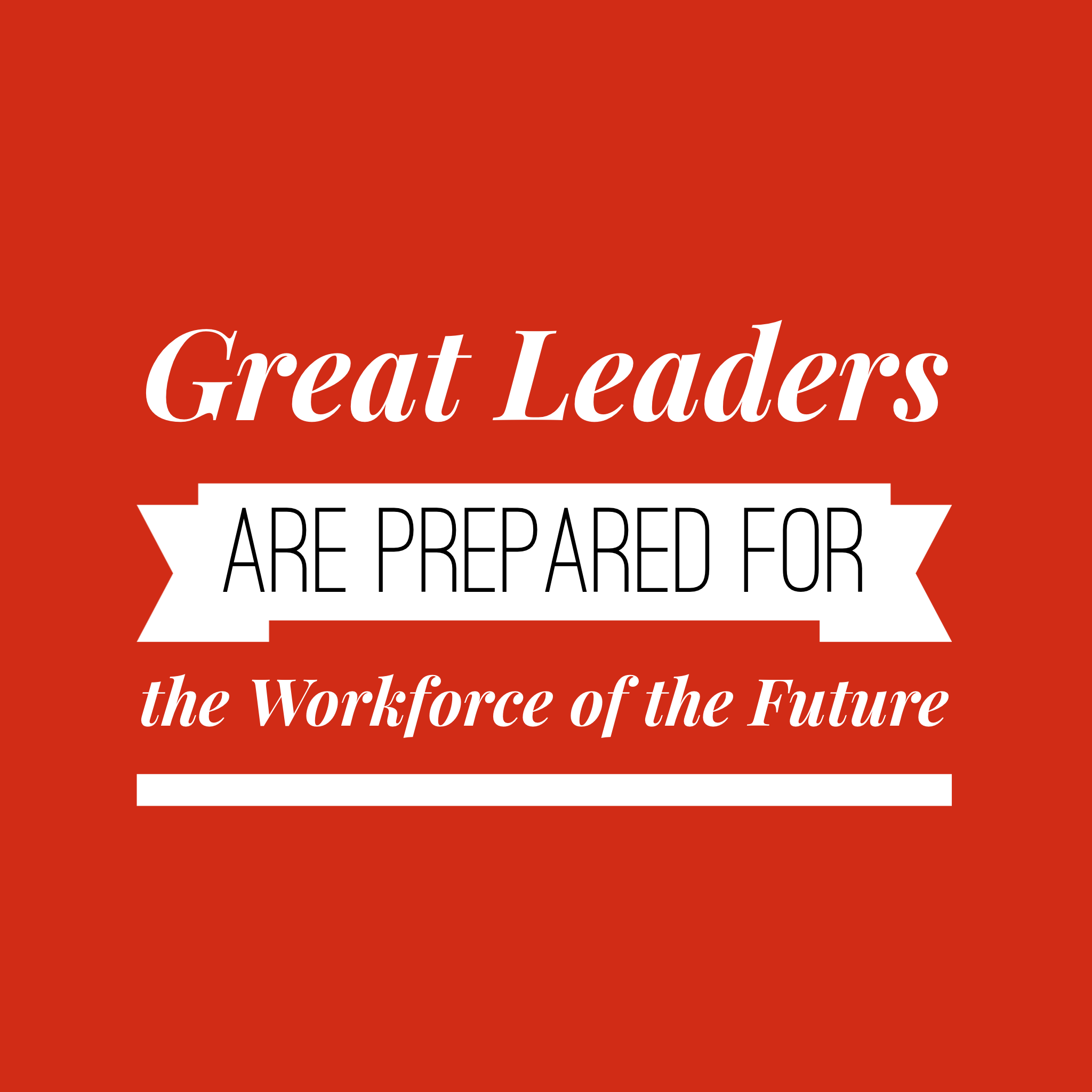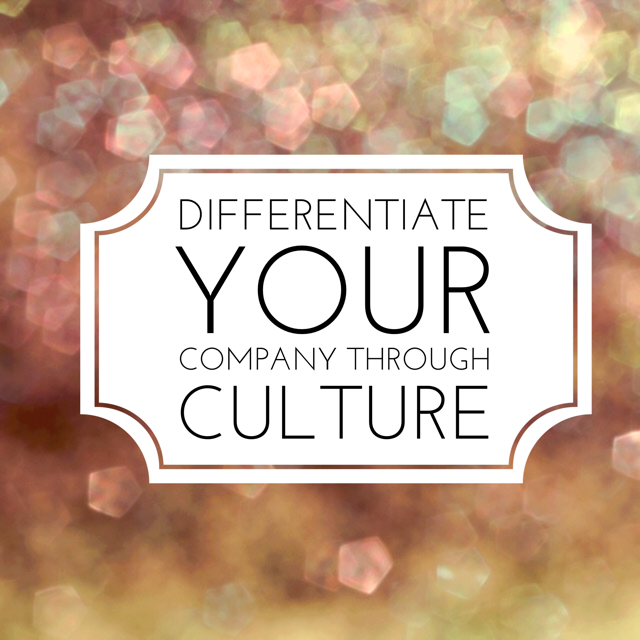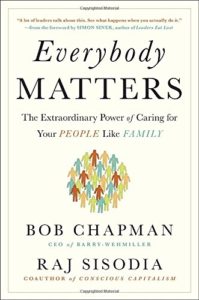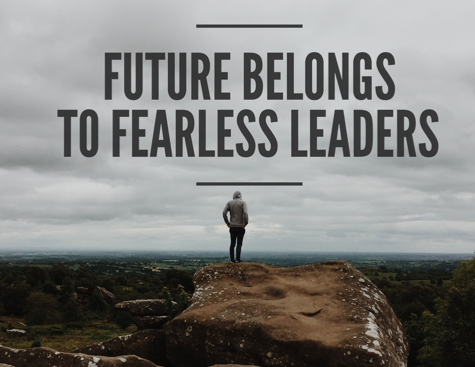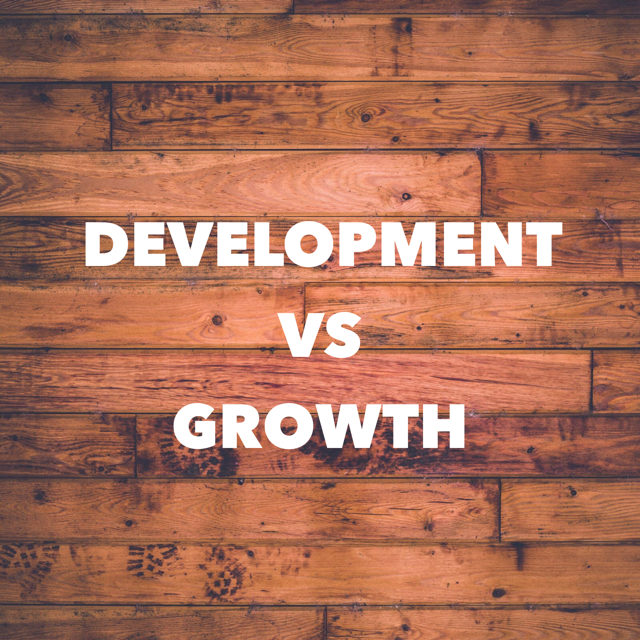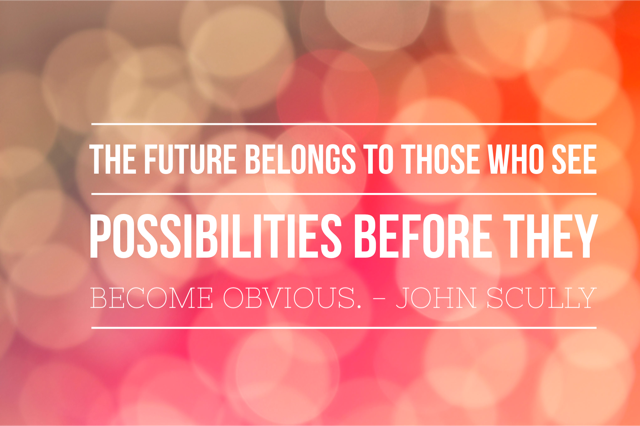Great Leaders are Prepared for the Workforce of the Future
As an Executive, how prepared are you for the workforce of the future?
By 2025 millennials will account for 75% of the workforce, which will have a significant impact on the corporate world. Millennials are a generation driven by the need for purpose and crave making a real impact on the world. They are seeking something bigger than themselves. They desire being apart of communities with shared purpose, making a difference in society, a sense of contribution and real action on issues that matter to them.
As leaders of companies today, are you preparing now of how to support your up and coming workforce?
In this insightful video, “Millennials haven’t forgotten spirituality, they’re just looking for new venues”, it discusses an important trend happening with millennials and provides some foresight for the business leaders about the demographic shift and changes that millennials bring to society.
Millennials are abandoning the traditional church and what it used to provide, and seeking to fulfill their needs elsewhere. Why is this and why should leaders of businesses today care about this trend?
In the past, the church was the primary arena for community building, finding your purpose and making an impact in society. As time moved on, the institution of the church has struggled to adapt and progress with the needs of an expanding demographic with ever-changing needs and ways of being in the world.
Millennials have grown up in a society designed by the baby boomers, and many leaders struggle with the millennial mindset – independent thinking, openness to change and confident at challenging authority’s ideas and decision-making. An institution that is currently feeling the effects of the millennial mindset are traditional churches.
Most churches have been designed to preach and monologue to their congregations, whereas millennials are seeking to engage in dialogue and work together in collaboration for new ideas and ways of putting their ideas into action.
Monologue and dialogue conversations are vastly different.
In a monologue, someone is telling you what to do versus a dialogue is a conversation with a high level of transparency (open and honest) and the intention to connect and co-create and be collaborative.
As millennials are turning their backs on traditional churches, they are seeking direction, guidance, connection, and purpose from other sources such as community groups, online social networks, and their workplaces to support their needs.
This millennial mindset is creating a huge gap and a huge opportunity for leaders of business today to be listening to their younger staff to develop support structures that will engage and attract the millennial mindset to your company.
Ideas for engaging millennials:
- Create committees people can join to collaborate on new ideas and possibilities as a team
- Develop Mentorship Programs
- Create co-leadership roles where millennials can have the opportunity to work with experienced leaders to gain knowledge and expertise
- Organize social events to promote and encourage Team Spirit
- Develop learning programs where people can sign up to learn specialized skill sets
The purpose of the structures above is to tap into millennials’ curiosity and creativity to unlock future trends and ideas that will add value for your business.
At Awesome Journey, we challenge the leaders of business today to find ways to create authentic communities for collaboration, learning, mentoring and desiring to challenge the status quo so that their voices can be used to make a difference for good that will support people, planet, and profits.
Your Leadership Challenge:
Over the next 2 weeks connect with Millennials within your organization and seek their feedback and input.
References:
59 Percent of Millennials Raised in a Church Have Dropped Out—And They’re Trying to Tell Us Why
What Millennial Employees Really Want


